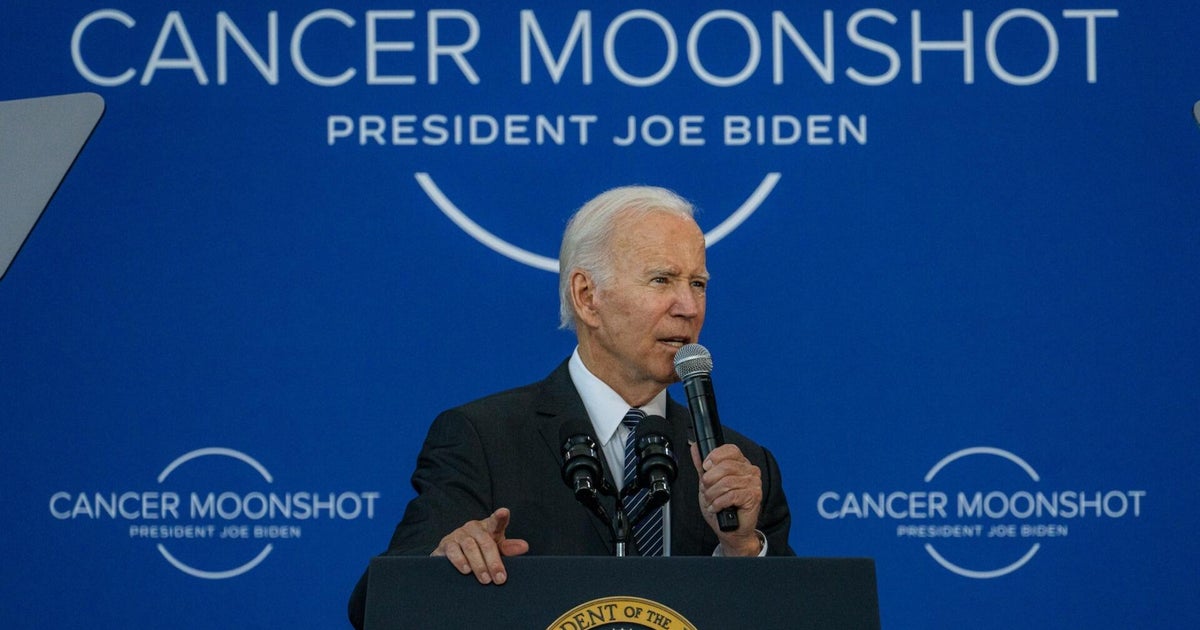Unveiling the Impact: How Biden’s Cancer Moonshot Initiative is Transforming Research
President Joe Biden reignited the Cancer Moonshot initiative in February 2022 with an ambitious goal: to cut cancer death rates by at least 50% over 25 years. The $1.8 billion program accelerates research, improves data sharing, and addresses healthcare disparities. Now in its second year, the initiative has already catalyzed unprecedented collaboration between researchers, tech companies, and patient advocates—potentially reshaping cancer care for generations.
The Science Behind the Moonshot: Breakthroughs and Collaborations
At its core, the Cancer Moonshot prioritizes three revolutionary approaches:
- Precision medicine: Leveraging AI to analyze tumor genomes and match patients with targeted therapies
- Early detection: Funding liquid biopsy technologies that can spot cancer before symptoms appear
- Health equity: Addressing racial and socioeconomic disparities in cancer outcomes
Recent data shows promising results. The National Cancer Institute reports a 15% increase in clinical trial participation since 2022, while FDA approvals for novel cancer therapies hit a record 22 in 2023—up from 14 in 2021. “We’re seeing research timelines compress from years to months,” notes Dr. Elizabeth Jaffee, Deputy Director of the Sidney Kimmel Comprehensive Cancer Center. “The Moonshot’s data-sharing mandates broke down silos that held us back for decades.”
Bridging the Gap: Technology and Policy Innovations
The initiative’s most transformative element may be its National Cancer Data Ecosystem, which standardizes and shares research across 71 designated cancer centers. Microsoft and Amazon Web Services now provide cloud computing power to analyze these datasets, identifying patterns no single institution could detect.
Meanwhile, policy changes are removing barriers:
- The FDA’s new Project Pragmatica simplifies trial designs for underserved populations
- Medicare now covers multi-cancer early detection tests for high-risk patients
- $500 million in grants fund community health workers in rural and minority communities
However, some researchers urge caution. “While the momentum is extraordinary, we must ensure these technologies remain accessible,” warns health economist Dr. Amitabh Chandra of Harvard Kennedy School. “A breakthrough only helps if hospitals can afford it and patients understand it.”
Patient Stories: The Human Impact of Accelerated Research
For 54-year-old breast cancer survivor Maria Gutierrez, the Moonshot’s effects were personal. Her oncologist used a Moonshot-funded database to identify an immunotherapy trial that put her Stage IV cancer into remission. “They told me I had six months in 2021,” she says. “Today I’m gardening, traveling—living.”
Stories like Maria’s are becoming more common. Pediatric cancer survival rates have jumped 3 percentage points since 2022, while clinical trials for rare cancers increased by 40%. The initiative also tackles survivorship, with $200 million allocated to study long-term treatment effects.
Challenges and Criticisms: The Road Ahead
Despite progress, hurdles remain. Some experts argue the 25-year timeline is unrealistic without sustained funding—especially as the 2024 election looms. Others note that:
- Rural hospitals still lack specialists to implement advanced therapies
- AI algorithms show racial bias in some diagnostic tools
- Pharmaceutical companies retain significant control over drug pricing
Still, the Biden administration remains bullish. “We’re not just aiming to treat cancer differently—we’re aiming to end cancer as we know it,” said Dr. Danielle Carnival, White House Moonshot coordinator, at a recent American Association for Cancer Research summit.
The Future of Cancer Care: What Comes Next?
Looking ahead, the Moonshot plans to:
- Launch a national cancer vaccine trial network by 2025
- Expand Medicaid coverage for clinical trial participation
- Deploy mobile screening units to underserved areas
With over 600,000 American cancer deaths annually, the stakes couldn’t be higher. As research accelerates, patients and families await answers—and the Moonshot offers something priceless: hope backed by science. To learn how you can support cancer research or participate in clinical trials, visit Cancer.gov/Moonshot.
See more WebMD Network



